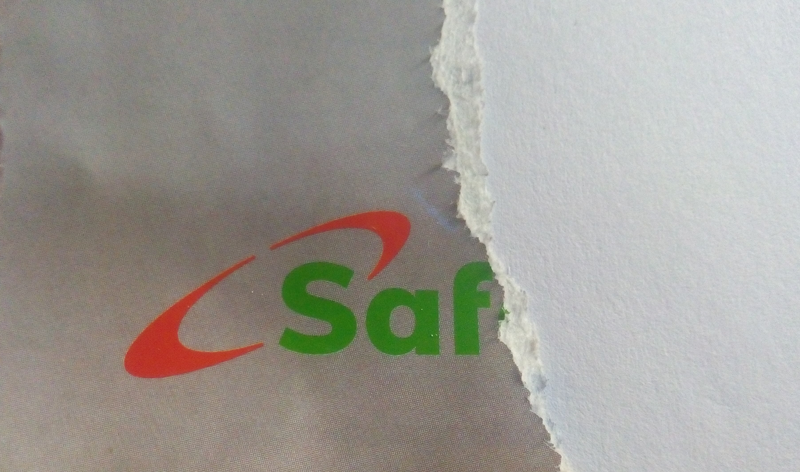Every new business starts the visibility journey with branding tactics that they think will surpass the competitor and concur the market. Others innovatively develop new products and ideas that become independent brands in the market. These products gain customer loyalty and manage to command the market. I remember back in the days when Sony was not just a name but a dream to many. Phillips was another brand that had dominated the market due to the quality and service of their innovations. But what happened? Fake products. Or “semi fake”. You know better!
There are no fake goods, only that the brand is visible enough to prompt attention. A certain company introduces a product and does a 360 degree campaign, It will definitely trigger interest, then trial and last adoption. After a while you realize somehow you got cornered. By who? The smart advertising agency that came up with interesting, thought provoking campaigns. Is it really your fault?
That was then, the modern generation cannot consume that “Shit” twice. So the sponsor must find new ways to reach this millennial consumer. The product-consumer reach tactic changes to more of a journalistic approach. To publish stories that seem to have news value with the intention of hiding the critical commercial aspect of the brand to make them seem familiar, reliable and vital.
But how did we get there?
According to fastcodesign.com, an online publisher, Since the ’90s, there has been a significant backlash against overt advertising–resistance to Coca-Cola sponsoring sports events at schools; to children designing Nike shoes in class; to toddlers singing along with Bumba, a clown who also happens to sell industrial cookies and cheap plastic toys. Social media has only made it more treacherous for brands that try too hard. Just ask DiGiorno Pizza. Just ask them.
So brands started to adopt subtler tactics. With native advertising, brands tell stories on popular platforms–and tell them in a way that is nearly indistinguishable from the stories readers already consume. By matching the message to the platform, brands can draw loyal customers and maybe even make their content go viral. Or so the thinking goes. Locally, we have BikoZulu, the Kenyan story teller. Who not only makes you read through but at the same time creates an illusion of the real thing.
With the past and the present, what is the future of branding? Debranding. As branding is, fundamentally, just a form of communication, it will never disappear. And it shouldn’t. But the focus will shift. It will shift from branded products to branded places: stores and their owners who select and sell the products they like. Back to the traditional shopkeeper responsible for measuring bulk food and acting as an advocate for his products. Back to the real Mama mboga, Uncle Bens, and Aunt Jemimas. Instead of brands, real people and real tones of voice will become the interface between consumers and products again. That’s the heart of debranding.
Debranding is shifting from advertising efforts and to make pure, simple, and quality products. Prices will reflect actual value, not the conceptual value branding magically gives. Products will be stripped of branding codes and constructed imaginary worlds. The only information to feature on packaging will be features such as origin, the intentions of the maker, the production process, and the environmental impact.
Similarly, take heed: Instead of throwing money at yet another branded content campaign, go back to the original notion of a brand. Fine-tune your product’s quality, design, and its durability. Become a producer of shoes again, It will make your life, and consumers’ lives, simpler. Don’t throw a new product on the market if it’s not intrinsically better and more durable than what already exists. Consumers will find you.

